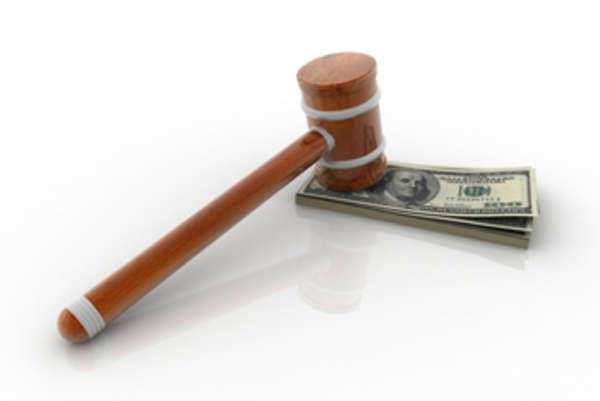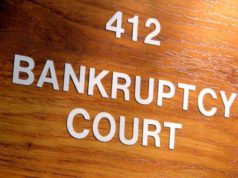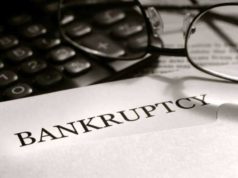
Bankruptcy court form B-13 deals primarily
with approval of a bankruptcy disclosure statement by the bankruptcy court. The B-12
Order and Notice for Hearing on Disclosure Statement is a bankruptcy court
form serving as a record designed for
debtors, creditors and the officers of the court alike.
Almost always, a bankruptcy disclosure
statement must precede the formal confirmation of a plan. Of course, it would
be rather difficult for creditors especially to assent to a repayment scheme if
they are not well informed of the parameters of the repayment plan. Thus, an
important specific function of a disclosure statement is that lenders and other
interested parties are apprised of the plan.
The B-12 bankruptcy court form, as its
official name conveys, is both an order and a notice. In terms of the former,
it is the bankruptcy judge presiding over this case that “orders
the bankruptcy disclosure statement be reviewed. Meanwhile, this
order will mean very little if said interested parties are not given adequate
“notice” that such an event is to take place.
The proper forum for a debate about the
merits of a disclosure statement is a scheduled court hearing, which the B-12
form will confirm. It should be noted that written objections to the statement,
up to a certain date, may also be accepted by the court.
It should also be noted that a bankruptcy disclosure statement is
not absolutely necessary in all cases. For example, with particularly small
businesses that have a likewise small number of creditors, the specificity of
the bankruptcy plan may negate the disclosure statement requirement. Even when
normal procedure is not followed, namely if businesses inform high-equity
creditors of their intentions to file bankruptcy and both sides try to arrange
some sort of reorganization plan before its confirmation, debtors’ applications
may still hold up in court.
















